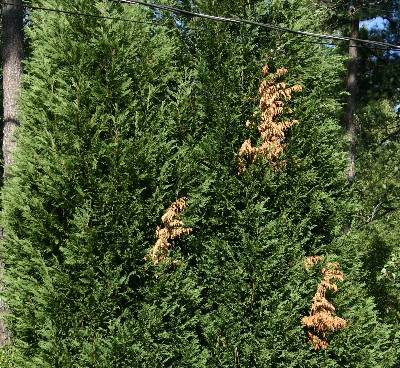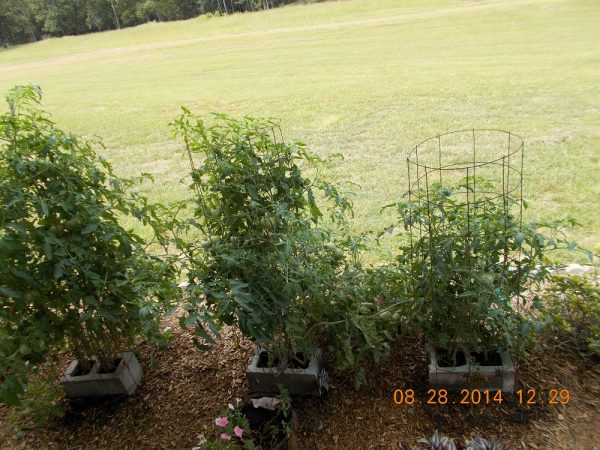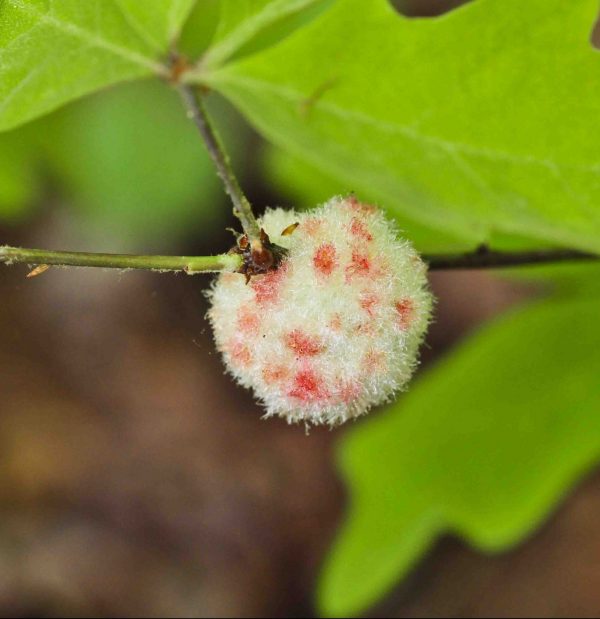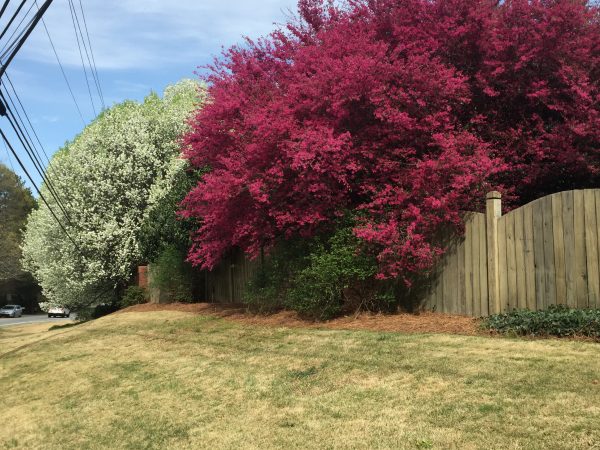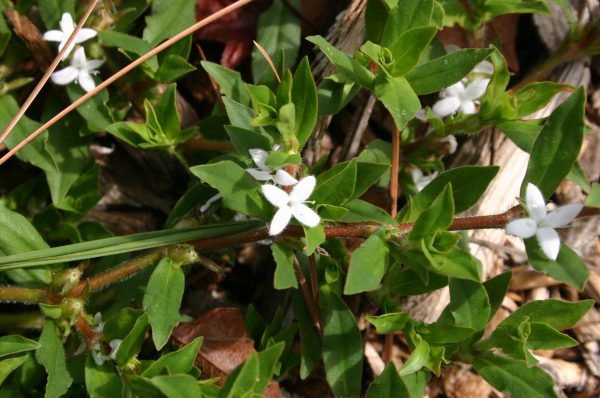Blueberry – Highbush
Q: I have recently moved to a new place and want to plant blueberries. Although I’ve found information about them, I haven’t seen specifics on whether southern highbush or northern highbush blueberries would be the best for my spot south of Gainesville.
A: Cultivated blueberry production in the South consists predominantly of the northern highbush blueberry and the rabbiteye blueberry, a native southern blueberry. The southern highbush blueberry is a relatively new type of blueberry and is a hybrid of the northern highbush and one or more native southern blueberry species. Which blueberry type or variety to plant is a fundamental question for gardeners. This is largely dictated by your location, with northern highbush adapted to Zone 7a and colder, rabbiteyes from Zone 7b and warmer and southern highbush from 7a and warmer. You live right on the dividing line between Zones 7a and 7b. I’d recommend you buy southern highbush or rabbiteye blueberries.
Southern Highbush Blueberry Varieties
As a rule, highbush blueberries are self-fertile. However, larger and earlier-ripening berries result if several cultivars are interplanted for cross-pollination. Group cultivars by ripening dates so your harvest can progress in an orderly fashion.
Early Season
O’Neal
Cape Fear
Legacy
Summit
Mid-Season
Blue Ridge
Georgia Gem (Zone 8a and warmer)
Late Season
Ozarkblue (Zone 7b only)
Rabbiteye Varieties
Rabbiteye blueberries are not self-fertile. Plant more than one variety for cross-pollination.
Early Season
Austin
Brightwell
Climax
Premier
Woodard
Mid-Season
Bluebelle
Briteblue
Powderblue
Tifblue
Late Season
Baldwin
Centurion
Choice
Delite



